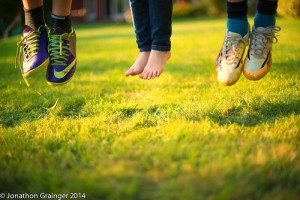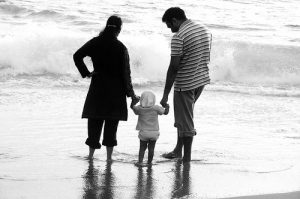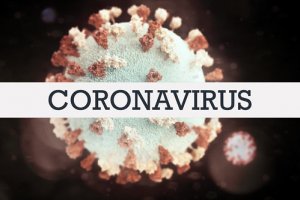The World of Vegetarianism
Vegetarianism is quite common in today’s society with people increasingly following a vegetarian diet. It is a diet that is adopted for many reasons from the objection of eating meat for humanistic reasons or for religious reasons or for a healthier lifestyle. Whatever may the reason be for following a vegetarian diet, it is a growing trend amongst many people. Following a vegetarian diet has beneficial affects to the health and a not so beneficial effect to the health. However, there are more health benefits to following a vegetarian diet.
What is Vegetarianism?
A vegetarian diet is a diet that does not include meat, seafood or their products. However, the word encompasses many different types of vegetarianism.
Types of Vegetarianism
- Ovo vegetarianism- They include eggs but not dairy products and all vegetables along with fruits.
- Lacto vegetarianism- They include dairy products but not eggs.
- Lacto ovo –vegetarianism- They include animal products like eggs, milk or honey as well.
- Veganism- They exclude all animal flesh and products as milk, honey, eggs.
- Fruitarianism-It only permits fruit, nuts, seeds that can be gathered without harming the plant.
- Pescatarian- includes eating fish and other seafood.
By: Chavan, S.
Health Benefits
Studies have shown that a vegetarian diet has many health benefits.
- A vegetarian diet helps to lower blood pressure, cholesterol, and blood lipids (fat) levels, which equates to a lower risk for heart disease.
- Lower levels of cholesterol are particularly beneficial to managing diabetes due to the great amount of fiber that vegetarians consume. Fiber seems to aid in maintaining low blood sugar.
- Having a vegetarian diet helps with to contribute to weight loss and/or weight management. Consuming a vegetarian diet helps to lower BMI levels more so than a non-vegetarian.
- A vegetarian diet may help in some form of cancer. Studies show that vegetarians versus non-vegetarians lowers their risks of developing cancer. For example, a reduction in eating red meat due to the high volumes of iron in red meat can decrease the risks of developing colon and rectal cancer.
- Prevention of kidney stones and gall stones can be decreased with having a vegetarian diet for animal protein causes the body to discharge calcium, oxalate and uric acid which are seen to help in developing kidney stones and gall stones.
Risks of a Vegetarian Diet
Although following a vegetarian diet poses various health benefits it also has many health risks.
- Iron deficiencies
- Vitamin C deficiency
- Calcium deficiency, which is important for healthy bone and for the development of bone.
- Vitamin B12 deficiency, which is important to keep the body’s nerve and blood cells healthy and to prevent anemia.
- Decreased levels of creatine, which is important for amino acids used by the muscles.
Maintaining a Healthy Vegetarian Diet
Plant-based foods are difficult to obtain iron from, but cereals, legumes, and other plant-based are rich in iron. However, including ascorbic acid and vitamin C to aid in maximizing the iron obtained in the plant-based foods can prevent iron deficiency. In the case of calcium deficiency, vegetarians can derive calcium from green leafy vegetables such as kale, bok choy, spinach, etc. are good sources of calcium to replace dairy products derived from animals. And in regards to vitamin b12, vegetarians may consume soy milk and meat substitutes.
Reference
Appleby, Paul N. & Key, Timothy J. (2016). Proceedings of the Nutrition Society: The long-term health of Vegetarians and Vegans. UK: Cambridge Core.
Becoming a Vegetarian (2009). Harvard Women’s Health Watch. Boston: Harvard Health Publishing.
Brazier, Yvette (2017). What to Know About the Vegetarian Diet. Medical News Today, 19. https://www.medicalnewstoday.com.
Bourassa, Lacey (2019). Disadvantages of a Vegetarian Diet. People Are Reading. Livestrong.com.
Burr, Michael L (1982). Vegetarianism, dietary fiber, and mortality. The American Journal of Clinical Nutrition, 36: 873-877.
Chavan, S. (2015). A Study of Vegetarianism. International Peer-Reviewed Journal (5). Research Horizons.
Dwyer, Johanna T. (1988). Health Aspects of Vegetarian Diets. The American Journal of Clinical Nutrition, 48: 712-738.
Harvard Medical School (2004). Vegetarianism: Addition by Subtraction. Harvard Health Letter. Harvard Health Publications.
Mangels, Ann R. (2014). Bone Nutrients for Vegetarians. The American Journal of ClinicalNutrition, 100, 469-475.
ProCon.org. (2018). Should People Become Vegetarian?

























